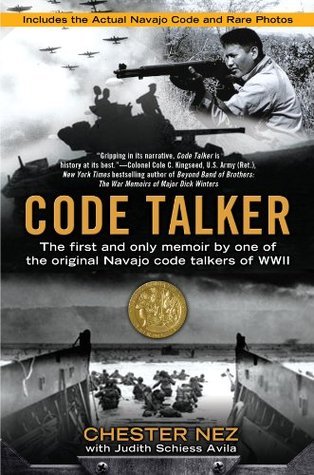What do you think?
Rate this book


391 pages, Kindle Edition
First published September 6, 2011
Our Japanese enemies, we were informed, had always managed to crack American communications codes. Past experience gave them a well-earned confidence that they could decipher any code devised by the United States. But they were unaware that a new era of wartime communications had begun.